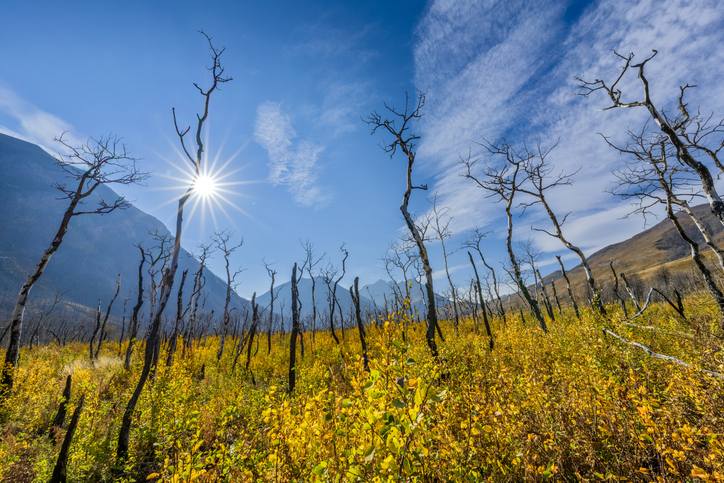Sunday, September 28, 2025
In early May 2025, extreme wildfires in Manitoba ravaged some 8,667 square kilometres of land, claiming lives and forcing the evacuation of nearly 1,000 residents. A new study sheds light on the factors that contributed to this extreme weather event.
According to the research, conditions such as a combination of unseasonably warm temperatures, prolonged drought, and stressed vegetation led to the wildfires. The unusual weather patterns and stressed vegetation combined to create an ideal environment for disaster.
The research, published in the journal Earth and led by Hossein Bonakdari, Associate Professor at the University of Ottawa’s Faculty of Engineering, explores how anomalies in climate and vegetation indices preconditioned the landscape for these catastrophic fires.
“Our findings indicate that multiple environmental anomalies converged to create a highly flammable landscape,” Professor Bonakdari explains. “This disaster underscores the urgent need for enhanced wildfire preparedness and monitoring of climatic trends.”
Satellite data reveals hidden fire risk factors
The research used satellite data to track things like how much snow remained on the ground, how dry the soil was, and how green (or not) the landscape looked before the fires hit. The study found that significant rainfall deficits and reduced snowpack severely diminished soil moisture, leading to decreased vegetative greenness prior to ignition.
Soil moisture for early 2025 was among the driest in historical records, contributing to cumulative vegetation stress. The study emphasizes the importance of integrating climate and biosphere anomalies into wildfire risk monitoring, particularly in boreal regions vulnerable to climate change. “This demonstrates how moderate anomalies, occurring simultaneously, can elevate fire risk to levels that individual indicators might not highlight. This is called a synergistic interaction of climate anomalies — moderate but simultaneous stresses that together set the stage for extreme fires,” Professor Bonakdari adds.
The research highlighted the rapid spread of fire, contrasting with previous years and indicating a shift in fire dynamics due to climate stressors. It advocates using satellite-derived data to better understand fire risk and improve operational assessments.
The findings serve as a crucial reminder of the increasing vulnerability of boreal ecosystems to wildfire activity and the necessity for proactive measures in a changing climate.
Professor Bonakdari concludes, “As we face more frequent and severe fire seasons, it is imperative that we adapt our strategies to better anticipate and manage wildfire outbreaks.”
For more information about the study, visit:
A Lens on Fire Risk Drivers: The Role of Climate and Vegetation Index Anomalies in the May 2025 Manitoba Wildfires.
Featured image credit: Getty Images












